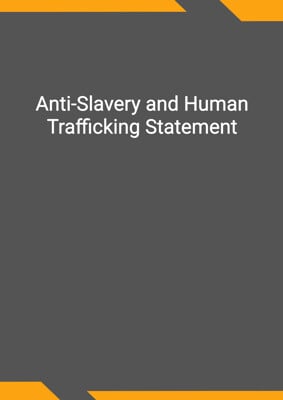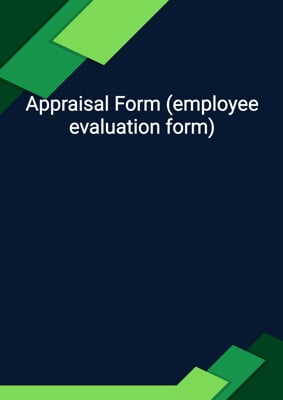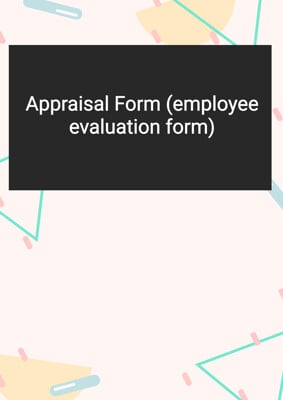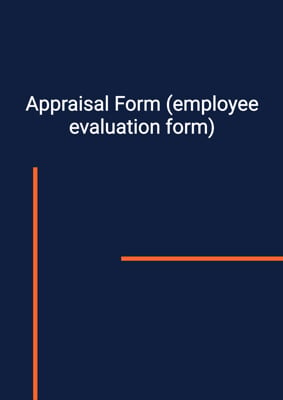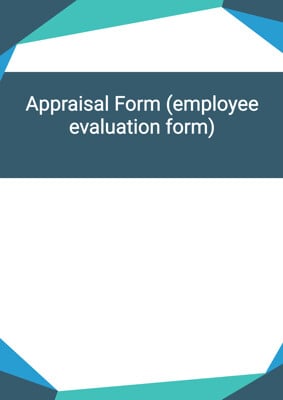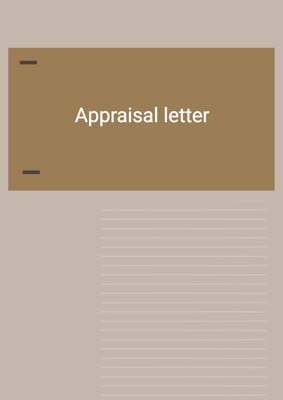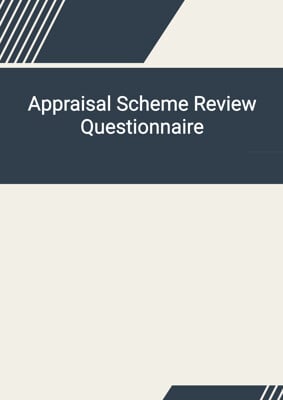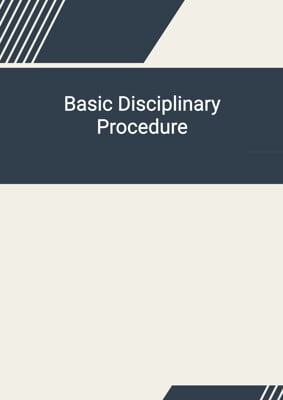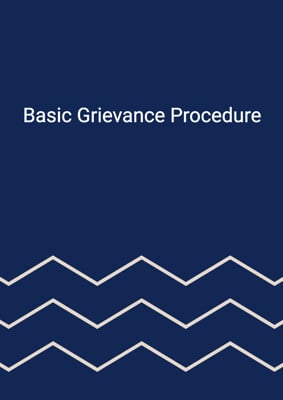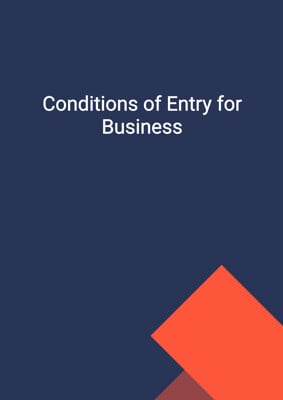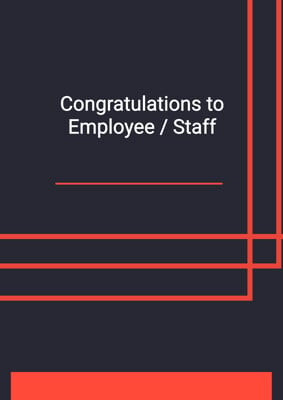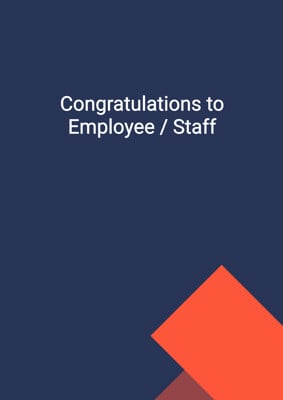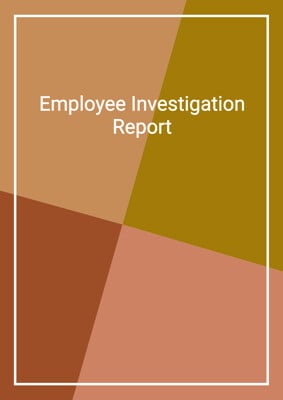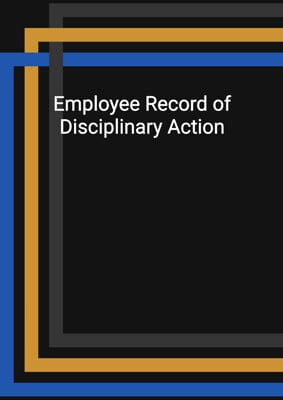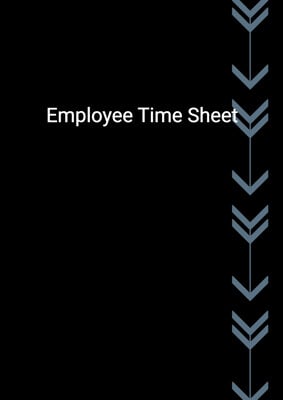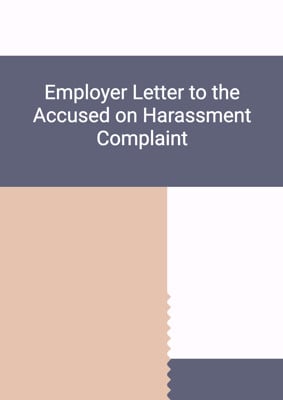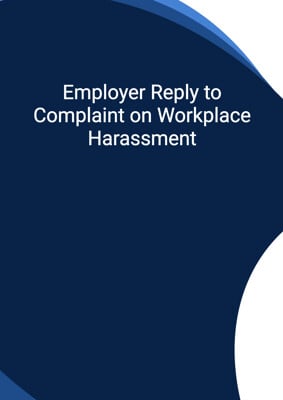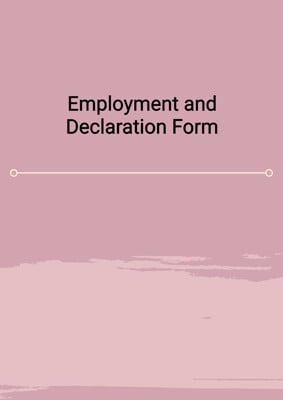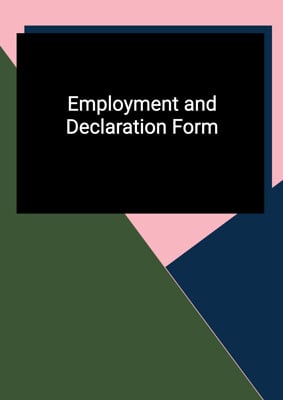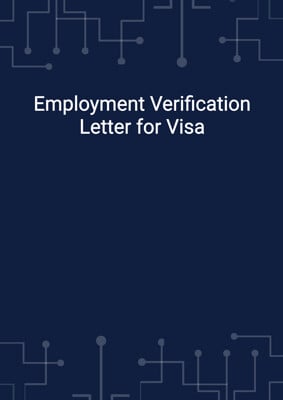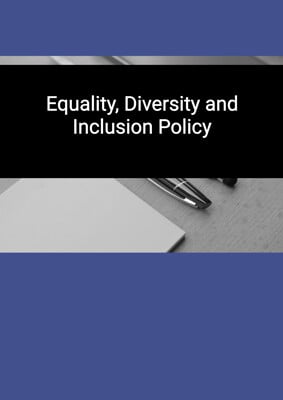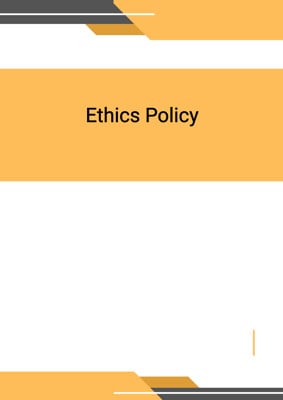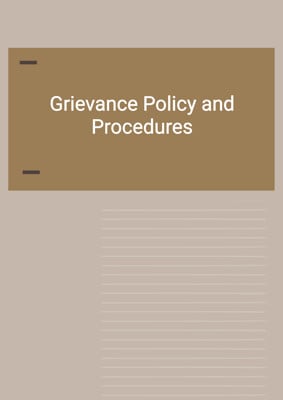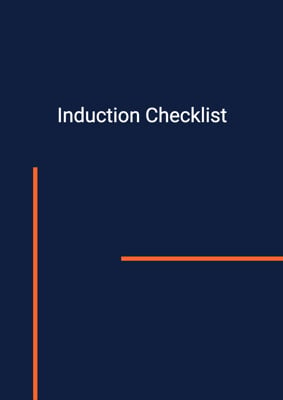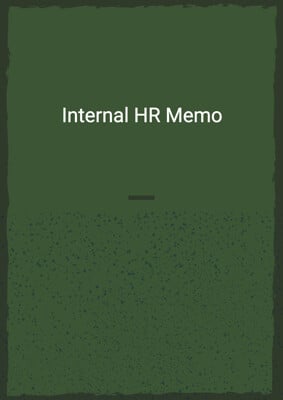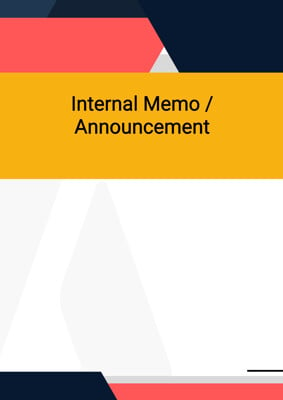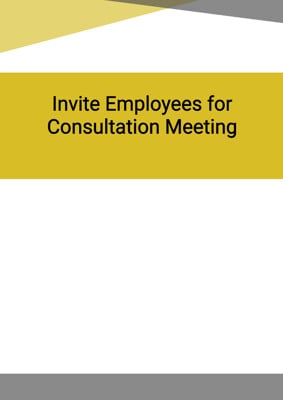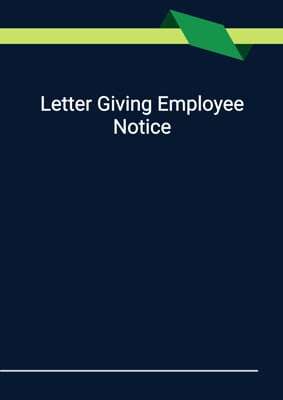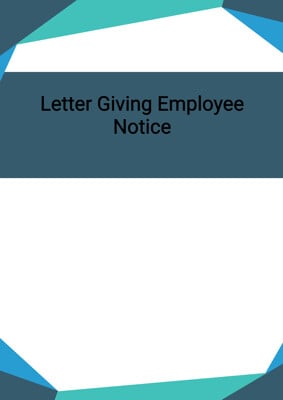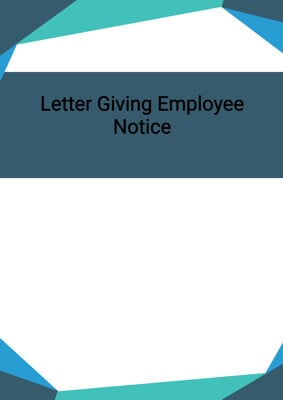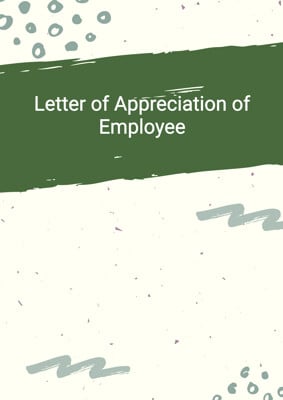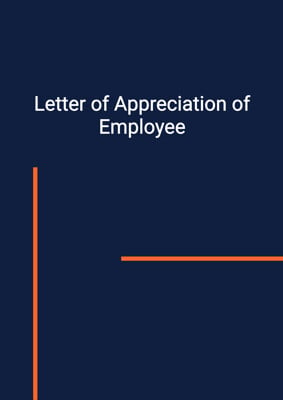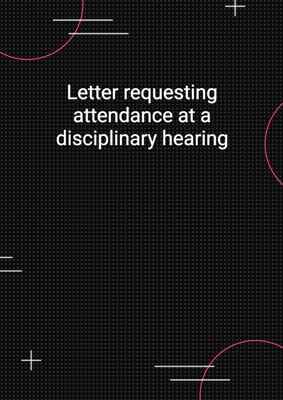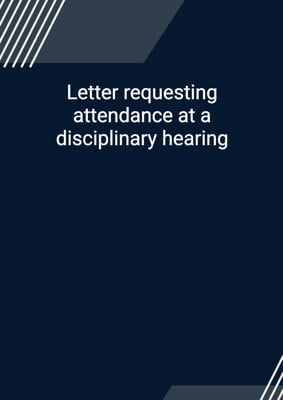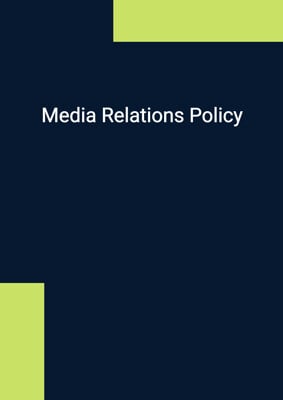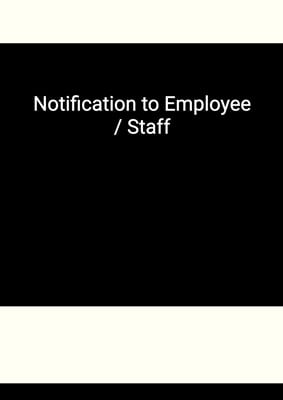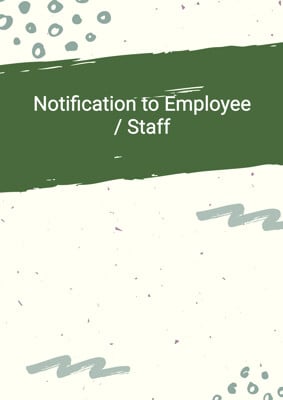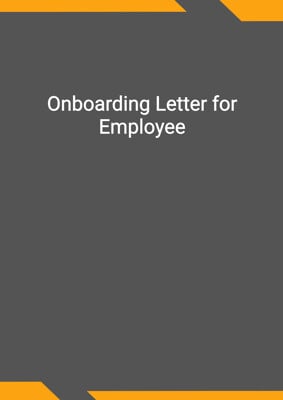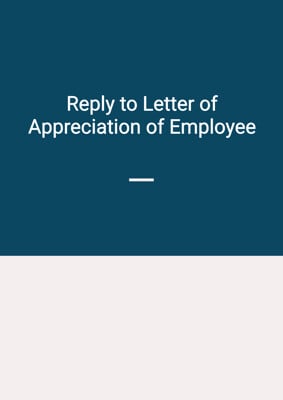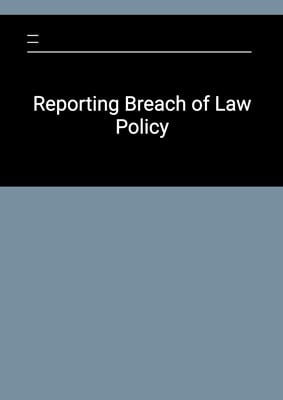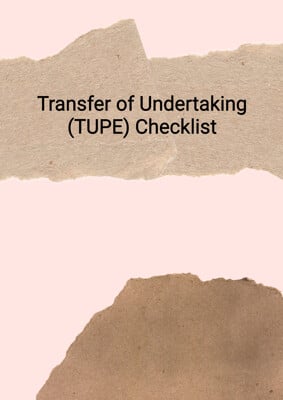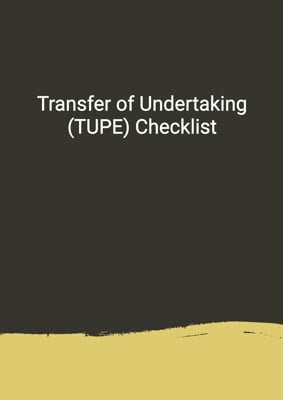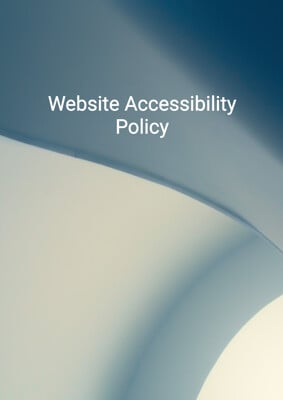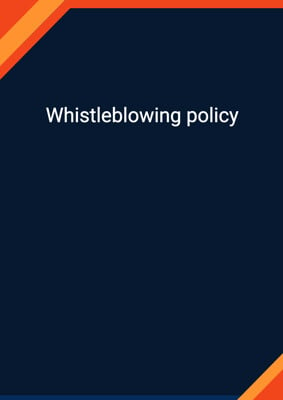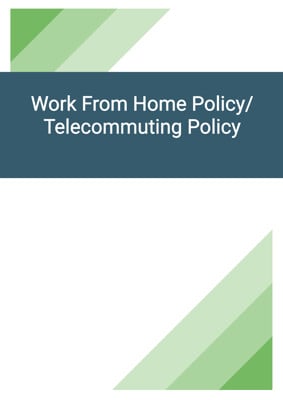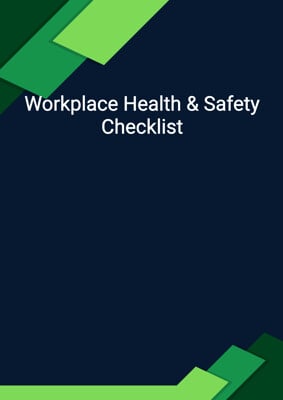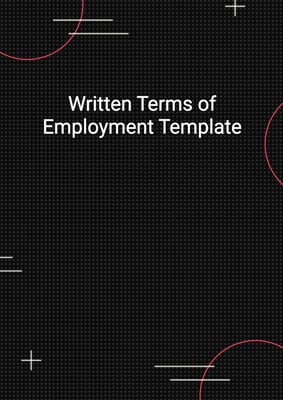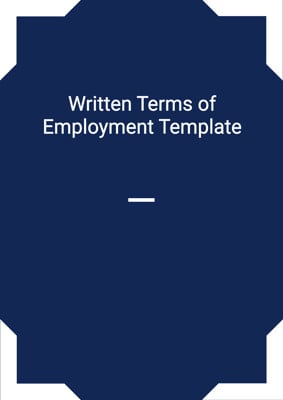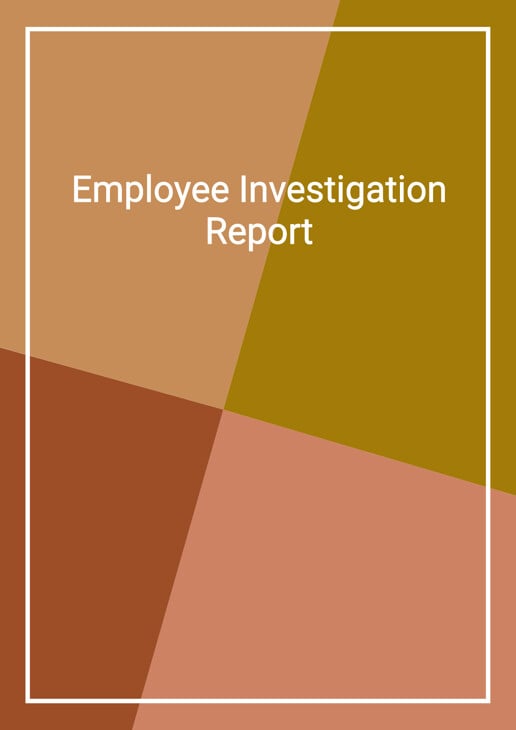
Employee Investigation Report
Employee Wellness
This document can be used as a template for an employee wellness report used by the human resources department. It sets out the detail of the investigation, the process, the findings of the investigation, the conclusions and the suggestions made in relation to the investigation.
How to Tailor the Document for Your Need?
01
Create Document
Click "Create Document" button and the document will be prepared with your account details automatically filled in.
02
Fill Information
Please fill in any additional information by following the step-by-step guide on the left hand side of the preview document and click the "Next" button.
03
Get Document
When you are done, click the "Get Document" button and you can download the document in Word or PDF format.
04
Review Document
Please review the document carefully and make any final modifications to ensure that the details are correct before publication / distribution.
Document Preview
Document Description
The Employee Investigation Report is a crucial document that provides a comprehensive overview of an investigation conducted within a company. This report serves as a record of the investigation process, the evidence collected, the findings, and any recommendations for action. It plays a vital role in ensuring transparency, fairness, and accountability in dealing with employee-related issues.
The document begins with an introduction section that outlines the authorization of the investigation and provides details about the investigator. It also includes the date when the investigation commenced and mentions any amendments made to the terms of reference.
The next section focuses on the background of the investigation, providing context and explaining the reasons behind initiating the investigation. This section helps the reader understand the circumstances that led to the investigation.
Moving on to the process of investigation, a summary is provided, explaining how the investigation was authorized and conducted. This summary highlights the steps taken to gather evidence and lists all the evidence collected. It also mentions the areas investigated, such as work-life balance, relationships with colleagues and bosses, sexual equality, racial equality, physical health, and mental health. Additionally, it mentions any evidence that could not be collected in these areas.
The report then presents the findings of the investigation. Each area investigated is discussed separately, providing a summary of the written and physical evidence collected. The report analyzes how the evidence supports or does not support the findings and provides reasons for the conclusions drawn. It also identifies any mitigating factors that were uncovered during the investigation and any other relevant information that may impact the matter.
If required, a conclusion section is included, followed by recommendations for action. Each area investigated is addressed individually, and the report suggests whether formal action, informal action, or no action is required. Reasons are provided to support these recommendations. Additionally, if necessary, further details on the recommended actions are mentioned, such as the type of action suggested and any other related recommendations.
The report concludes with the investigator's signature and the date of the report's completion. If there are any supporting documents collected during the investigation, they are listed at the end of the report.
Overall, the Employee Investigation Report is a comprehensive document that provides a detailed account of the investigation process, the evidence collected, the findings, and any recommendations for action. It serves as a crucial tool for addressing employee-related issues and ensuring fairness and accountability within the organization.
How to use this document?
Step-by-step guidance for using the Employee Investigation Report:
1. Begin by authorizing the investigation, clearly stating the terms of reference and any amendments made to them.
2. Assign an investigator who will be responsible for conducting the investigation. Ensure that the investigator is impartial and has the necessary skills and expertise.
3. Specify the date when the investigation begins to establish a timeline for the process.
4. Collect all relevant evidence related to the areas to be investigated, such as work-life balance, relationships with colleagues and bosses, sexual equality, racial equality, physical health, and mental health. Ensure that the evidence collected is comprehensive and supports the investigation.
5. Tick the relevant areas that were investigated and those that could not be investigated due to unavailability of evidence.
6. Conduct interviews with employees to gather additional information and insights. Keep a record of the number of employees interviewed and those who were not interviewed.
7. Summarize the written and physical evidence collected for each area investigated. Analyze how the evidence supports or does not support the findings and provide reasons for the conclusions drawn.
8. Identify any mitigating factors that were uncovered during the investigation and include them in the report.
9. Include any other relevant information that may impact the matter and provide a comprehensive overview.
10. If required, provide a conclusion section summarizing the findings and recommendations for action.
11. Address each area investigated individually and recommend whether formal action, informal action, or no action is required. Provide reasons to support these recommendations.
12. If necessary, provide further details on the recommended actions, such as the type of action suggested and any other related recommendations.
13. Sign the report as the investigator and include the date of completion.
14. If there are any supporting documents collected during the investigation, list them at the end of the report.
By following these steps, the Employee Investigation Report can be effectively utilized to address employee-related issues and ensure fairness and accountability within the organization.
Not the right document?
Don’t worry, we have thousands of documents for you to choose from:





